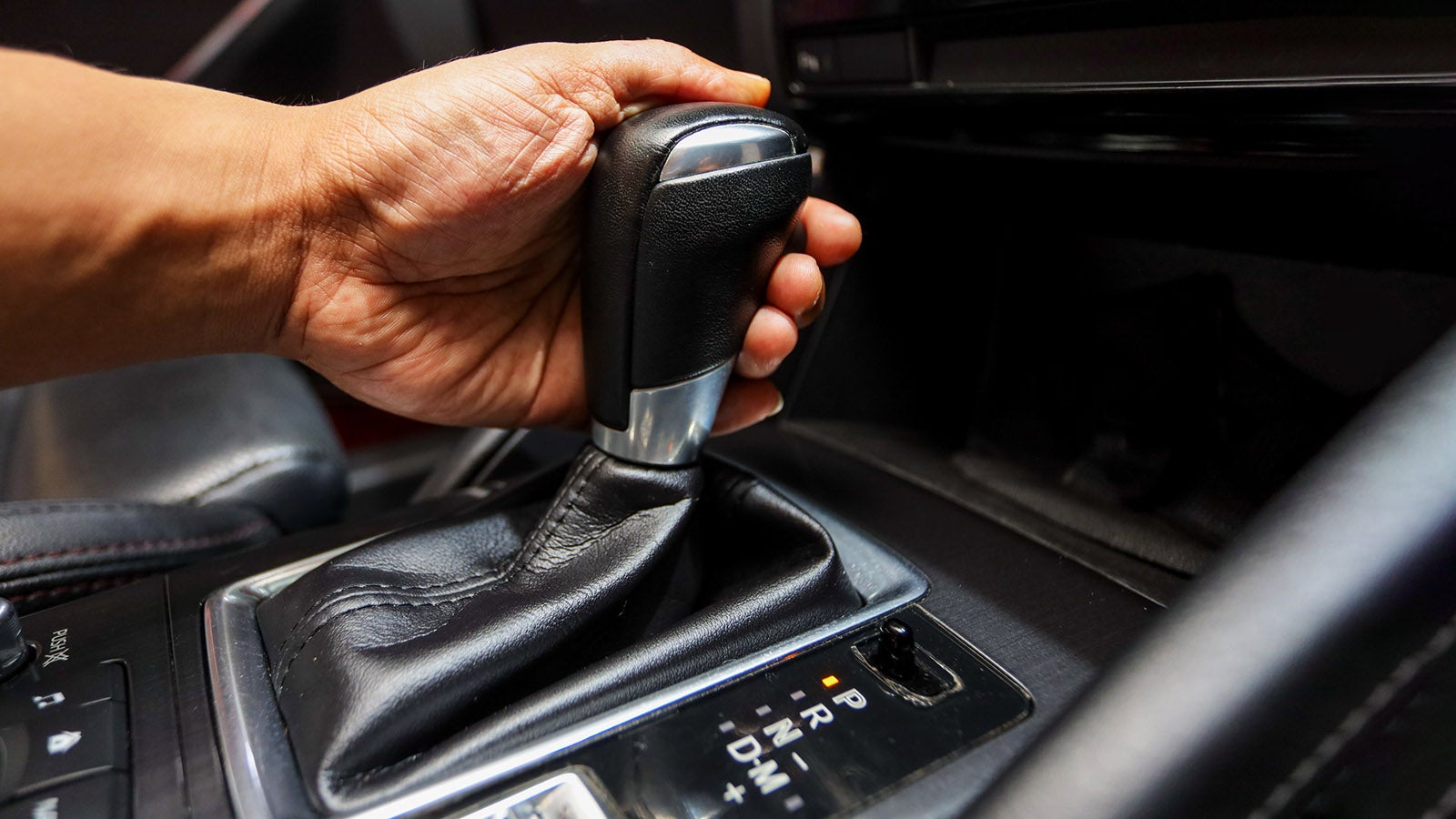For the average driver, an automatic transmission is based on just three settings: Drive, Park, and Reverse. Automatic transmissions are more than simply going forward, in reverse, or leaving the vehicle stationary, though. One additional function of these transmissions includes Neutral (N), and many drivers do not know how to use it or when.
Understanding when to engage neutral gear can help improve vehicle control and prevent transmission damage. In this article, we’ll explore the right scenarios to use neutral, when to avoid it, and how to do it correctly.
What Is Neutral Gear and How Does It Work?
Neutral disconnects the engine from the wheels, i.e., no power is transferred to propel the car forward or in reverse. Neutral is located between Reverse and Drive on the gear selector in an automatic transmission.
When activated, the engine will still be running, but the vehicle won’t go unless it’s on a hill or being towed. This mode is a safety feature to keep drivers from shifting directly from Reverse to Drive when the vehicle is moving, which can otherwise harm the transmission.

When Do You Use Neutral Gear?
Although most everyday driving situations don’t call for Neutral, there are some situations where it comes in handy:
- Disabled Vehicle Towing
In case the battery of your car dies or the engine fails to start, Neutral provides you with an opportunity to push the vehicle by hand. This proves useful where you want to push the vehicle to a safe place or load it onto a tow truck.
- For a Stuck Accelerator Crisis
In extreme instances, an accelerator pedal might become stuck because of mechanical failure or blockage caused by a floor mat. If such a situation arises, an abrupt shift into Neutral will isolate the engine from the drivetrain, ensuring that you will not accelerate further while providing a safe manner to bring the vehicle to a halt.
- When Your Car Needs Towing
When towed with the wheels on the pavement, putting the car into Neutral avoids unnecessary stress on the transmission. Still, adhere to the manufacturer’s recommendation since there are cars that need flatbed towing rather than Neutral towing.
- Automatic Car Washes
Most automatic car washes necessitate that you put the car in Neutral so that the conveyor belt system can take your car without hassle. Ensure you read the car wash instructions to steer clear of potential accidents.

When Should You Not Use Neutral Gear?
Neutral has its particular applications, yet there are some occasions where using it can be unwise or not needed:
- Coasting in Neutral to Conserve Fuel
A popular myth is that it conserves fuel to shift to Neutral when coasting downhill. But today’s fuel-injected cars automatically vary fuel usage while coasting in Drive, and this habit will not work. Worse, it takes away control because you can’t speed up if necessary to prevent a crash or road hazard.
- Stopping at Traffic Lights
A few drivers think that going into Neutral at red lights cuts down on transmission wear. But the wear is negligible, and constant switching back and forth from Drive to Neutral puts undue stress on the transmission parts. Keeping the vehicle in Drive with the foot on the brake is optimal for short stops. For longer stops, like in traffic jams, Park (P) is a better choice.
- Driving in Heavy Traffic
Switching to Neutral in stop-and-go traffic can lead to slower reaction times, as you’ll need to shift back to Drive before accelerating. This slight delay can increase the risk of collisions in unpredictable traffic conditions.
How to Use Neutral Gear Correctly
When using Neutral, follow these best practices to ensure safety and protect your vehicle:
Use Neutral only when needed – Emergencies, towing, or washing the car are the primary conditions under which it is helpful.
Never change to Neutral while driving except in an emergency – This disengages engine braking, making it more difficult to maintain control of the vehicle when going uphill or making sudden stops.
If in Neutral, be ready to switch back to Drive smoothly – This allows you to have full control of the car’s movement when necessary.

Final Thoughts
Neutral gear is useful, but it is not something that should be used often in regular driving. Although it is useful in emergencies and certain situations such as towing or car washing, not using it in regular driving conditions ensures improved vehicle control and safety.
Learning when and how to use Neutral effectively will assist in prolonging the life of your car’s transmission and enhancing driving safety overall. Remember these tips, and drive intelligently!
Also read: Top 10 Tire Companies Revolutionizing the Automotive Industry
